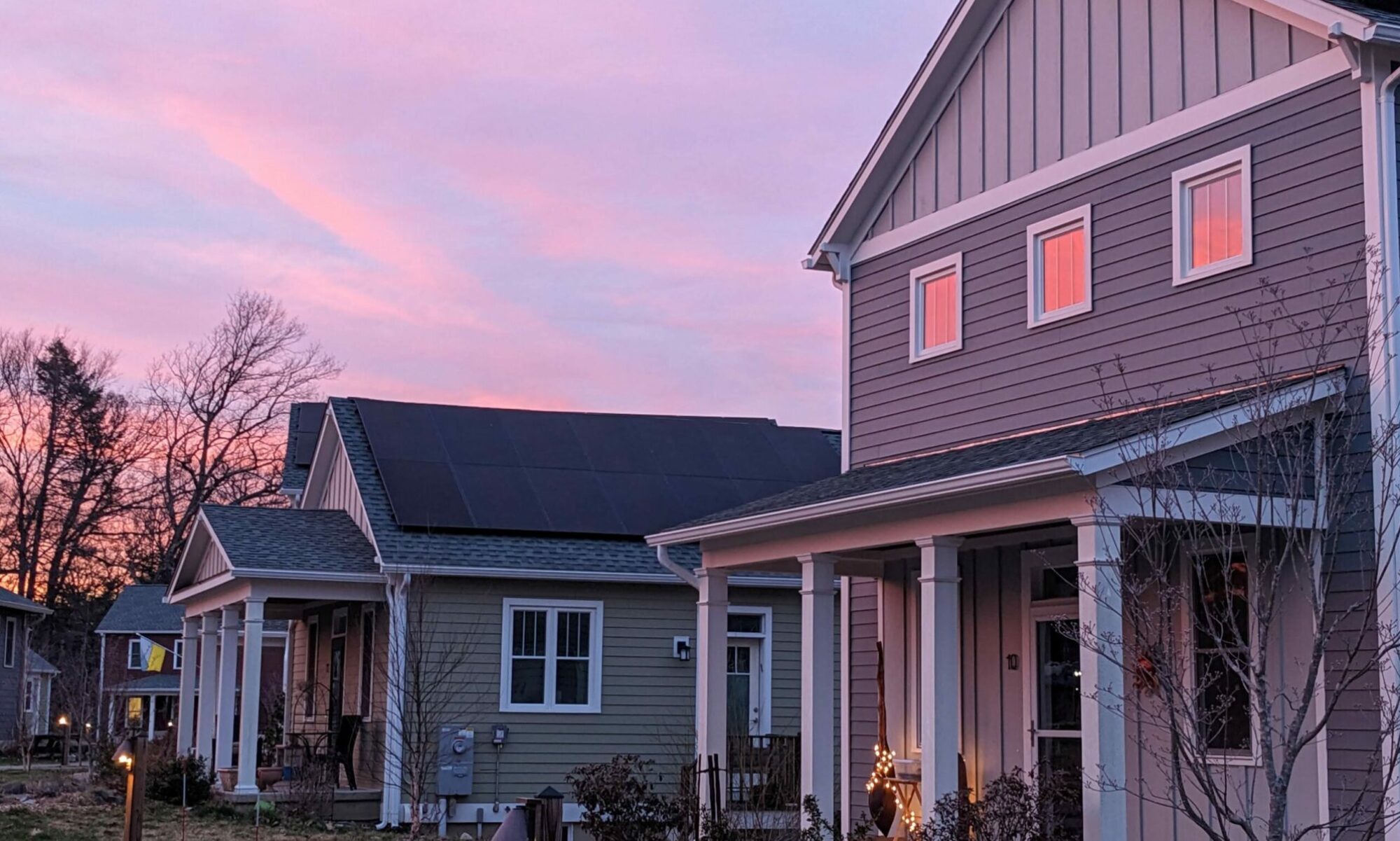Karen highlighted at a recent full circle meeting that Grounds has divided up all of our land into 13 areas and is examining each to come up with a plan for further planting and improvement. This issue, we want to highlight the area behind the carports on the North side, between VHC and the North Commons development.
A sub-team from Grounds Circle is interested in planting native fruit and nut trees on the hillside between Village Hill and North Commons. The tentative purposes are to grow native foods for the community, create wildlife habitat and reduce the impact of invasive plants that reduce wildlife habitat.
Potential plants include pawpaw, American persimmon, Canadian plum, American chestnut and others. Details about these plants are here. There is a map of the site with potential plant placements in the small dining room in the common house. Look for the VHC map with circles of colored paper on it.
We hopefully will move these maps to a more visible area near the mailroom. Our plan is to finish making an overall plan, one that may take years, and show it on the map. Then each planting season we will pick a piece of it to tackle and slowly we will fill in the map to show the areas that have been worked and the ones that remain.

